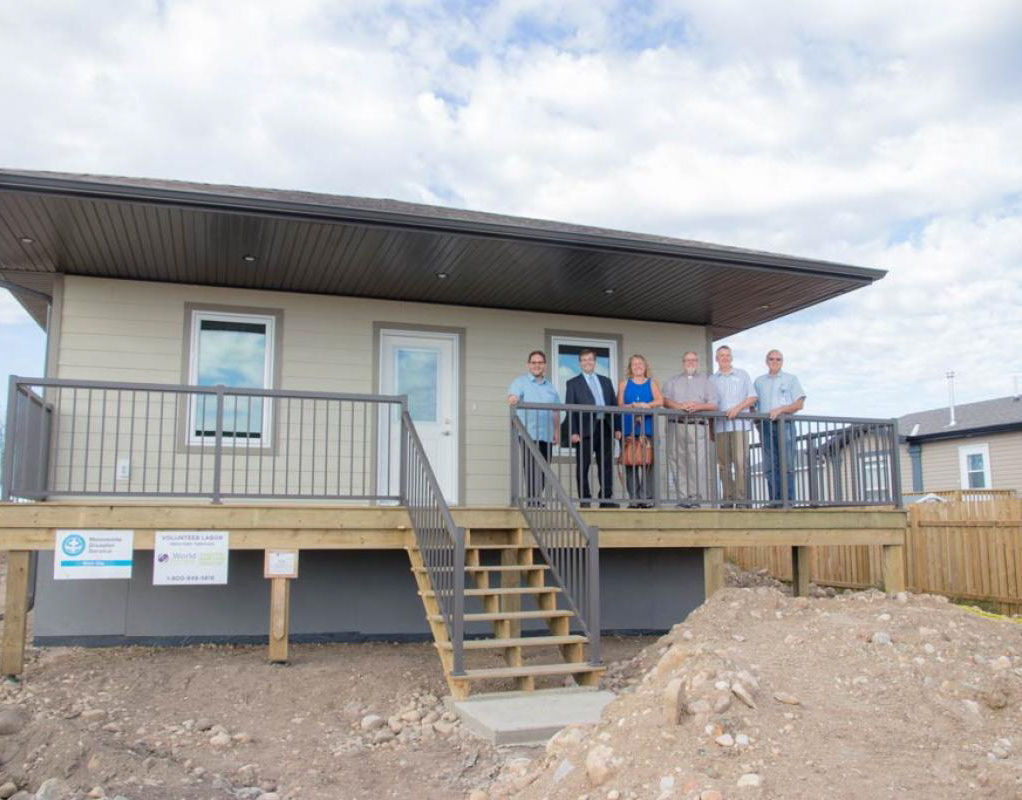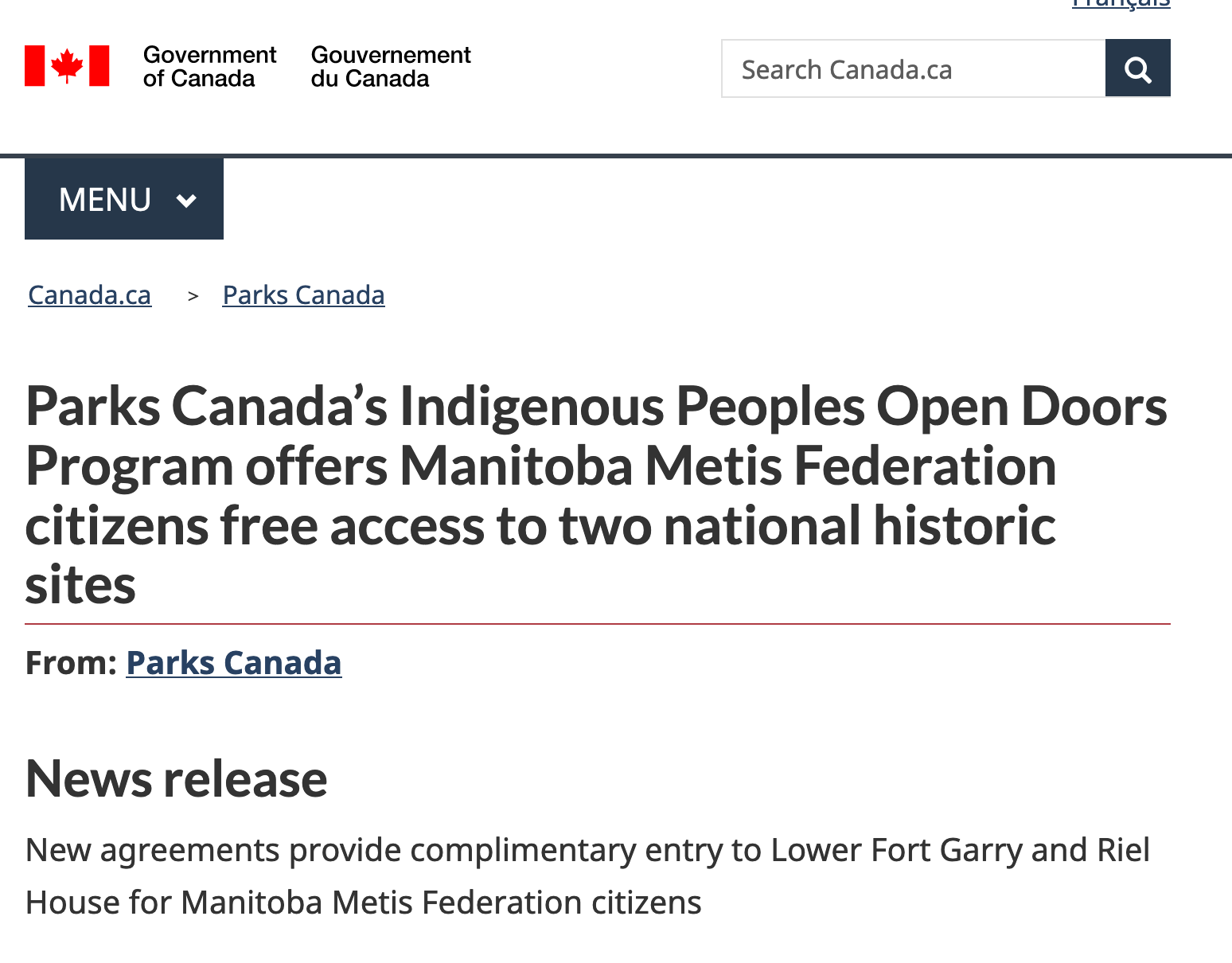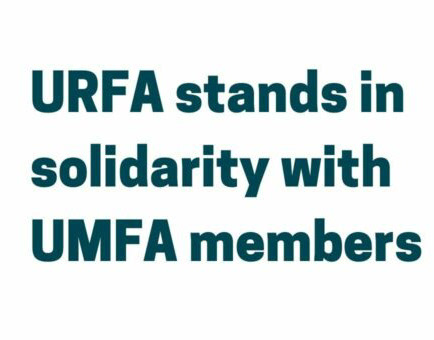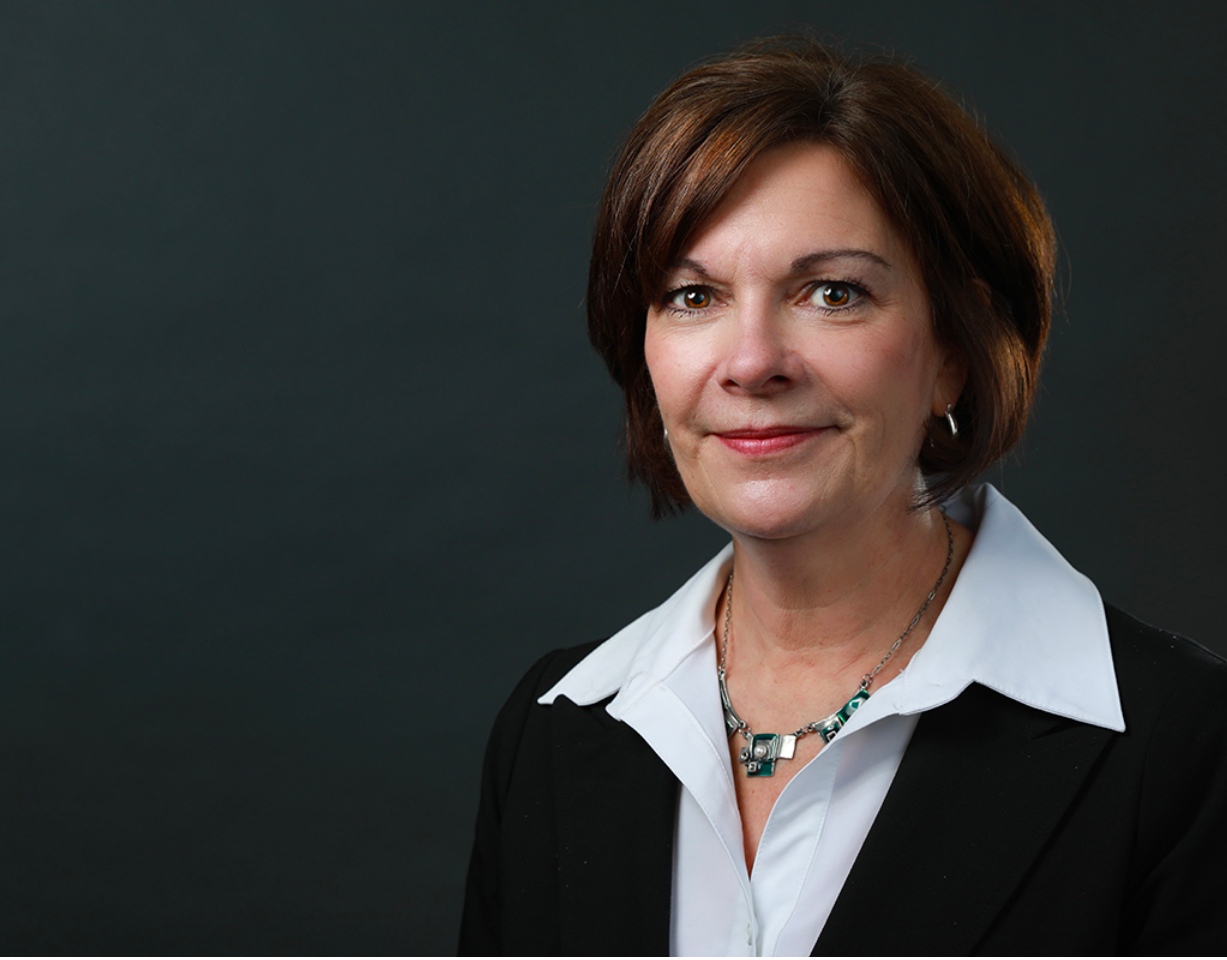This article originally appeared in the October 2019 edition of Canadian Paramedicine
New resource helps paramedics improve their palliative care practice
By: Ellen Paulley, Cheryl Cameron, and Tyne Lunn
What do I say to a family member in distress? How do I deal with a family who is resisting my clinical advice? What is there to learn when a call didn’t go as I’d hoped? How do I tell an unprepared family that death is imminent? Why can’t I get that call out of my mind?
Most paramedics receive minimal, if any, education on grief or bereavement when entering the profession. In general, paramedic education has focused on caring for the patient, resuscitation and transport with less focus on care for family members and no guidance for how to manage our own work-related grief? Although some paramedics receive death notification training through their primary education program or their employer, training usually focuses on how to tell family that the patient has died, but does not discuss grief or how to support families in their grief or bereavement. Additionally, health systems across the country are focusing on aligning the location of care with patient and family preferences. Paramedics are increasingly supporting patients and families at deaths in the community and supporting patients receiving palliative care at home. Increasingly, paramedics are supporting patients and families who are grieving an impending death. These interactions can, positively or negatively, impact a person’s grieving and whether the paramedic perceives it as a “good call” or a “bad call”.
A new resource has been developed in collaboration with grief experts and Canadian paramedics working in the field to help answer these questions and support and improve practice and understand and approach. MyGriefToolbox.ca is a nine-module learning resource, available at no cost, that is filled with stories from Canadian paramedics, clinical techniques and conversation prompts for engaging in discussions around dying, death and grief to help enhance core skills in providing palliative care.
Building on success
Pilot projects to train and support paramedics to better assist patients receiving palliative care and reduce transport to hospital were successfully undertaken in 2015-16 in Alberta, Nova Scotia, and Prince Edward Island.(1) The results included: increased number of patients treated at home and not transported to hospital; time saved by paramedics; high levels of family satisfaction; and paramedics’ comfort and confidence in palliative care increased.(2) The Canadian Foundation for Healthcare Improvement and the Canadian Partnership Against Cancer are collaborating to scale and spread this initiative to other provinces and territories.
MyGriefToolbox.ca was created because of a need identified through these pilot projects to provide paramedics with additional grief training and support. Based on the latest research and clinical best practice, MyGriefToolbox.ca was developed by Canadian Virtual Hospice, which provides information and support on palliative and end-of-life care, grief, and loss; with investment by the Canadian Foundation for Healthcare Improvement, in partnership with the Alberta Health Services Emergency Medical Services, Government of Alberta, Nova Scotia Health Authority Cancer Care Program and Nova Scotia Emergency Health Services.
Responding to a palliative care call
“A palliative care call requires a change of mindset. Aggressive measures aren’t what’s needed.” – Canadian paramedic
Over the last decade, paramedic services are becoming a key resource for palliative care around the world, supporting patients dying at home.(3)(4)(5)(6) These calls are different than the calls traditionally responded to, where the focus is on the management of acute medical and trauma emergencies.(7) Supporting a dying patient and those around them has always been a component of paramedic practice. Supporting an expected death in a home is a natural extension.
Reviewing a definition of palliative care is helpful to help explore how a palliative care call is different than a traditional ‘treat and transport’ call. The World Health Organization defines palliative care as:
…an approach that improves the quality of life of patients and their families facing the problem associated with life-threatening illness, through the prevention and relief of suffering by means of early identification and impeccable assessment and treatment of pain and other problems, physical, psychosocial and spiritual.(8)
One of the differences between a traditional call and a palliative care call is that in the latter, focus shifts to maintaining the patient at home, supporting the family, and reassuring the family that the patient is comfortable. Developing and enhancing psychosocial clinical skills can help ensure effective grief support is provided to patients and families in palliative care. These core skills have been referred to as the ‘care that makes the difference.’ The modules focus on how to hold space with someone who has suffered a death and how to support them in grief; communicate common clinical issues to families; collaboratively make decisions with families and avoid unrealistic expectations; and how to work with and support people from various cultures.
Paramedics are fixers; they endeavour to resolve problems swiftly and are highly trained and capable to do so. Success on a palliative care event is multifactorial. At the foundation, it requires an approach that involves a shift in mindset. When paramedics respond to these events with an intention of service and engage with patients and families to build patient-centred care plans, they can usually be assured they are supporting those involved the best way possible. It’s a balance of paying close attention to when to take the lead, guiding patients and families in the chaos, and when to step back and offer quiet support. It all stems from a great amount of genuine listening and asking questions surrounding the wishes of the patient and family. If paramedics lead with empathy, with the intention to respect the dignity of the patient, and use every effort to do so, they will likely create a positively impactful experience for those suffering grief.
MyGriefToolbox.ca includes an introductory module – “Paramedics, palliative care and grief” – that explores what a palliative care call is, highlights myths about palliative care, discusses operational factors related to palliative care calls, and offers information about grief and bereavement. The other modules include: “Assessment and building trust,” “Explaining clinical information and what to expect,” “Decision-making,” “Challenging situations,” “Supporting the patient and family,” “Responding to the stresses of paramedicine,” “Opportunities for personal growth,” and “For families and friends of paramedics: Providing support.”
Managing job-related stresses
“I couldn’t understand what I was experiencing. It was only in talking it out with a colleague that I realized that what I was feeling was grief.” – Canadian paramedic
Accompanying someone through the last hours of life can be very challenging, sometimes even more so than calls typically defined as “hard calls.” At the same time, palliative care calls can be some of the most fulfilling aspects of practice, shifting from preserving life to providing comfort to patients and families. They may also contribute to work-related grief, which is a common circumstance faced by all healthcare providers.
One survey of first responders noted the top three critical incident stressors related to patient care as: saw someone dying, made a death notification, and encountered the body of someone recently dead.(9) For paramedics, work-related grief can include feelings of helplessness, shock, sadness, anger, guilt and numbness related to the dying or death of a patient, or the family’s reaction to the death.
Work-related grief also applies when we experience the death of a colleague. The world of paramedicine is a small one and the death of a colleague or a paramedic from another service can have an impact. If a colleague dies by suicide, there are many concurrent challenges that we may face such as trying to make sense of what happened, discerning the impact on the team and finding constructive ways to respond.
The MyGriefToolbox.ca module “Responding to the stresses of paramedicine” is a resource that will help to identify work-related grief, reflect upon one’s own experience with grief and develop strategies for responding to work-related grief. The module “Opportunities for personal growth” focuses on personal and professional growth by identifying opportunities to acknowledge small wins and take pride in work well done, regardless of clinical outcome and identifies strategies for responding to feelings of powerlessness and reframing hope in difficult situations.
The MyGriefToolbox.ca module “Responding to the stresses of paramedicine” is a resource that will help to identify work-related grief, reflect upon one’s own experience with grief and develop strategies for responding to work-related grief. The module “Opportunities for personal growth” focuses on personal and professional growth by identifying opportunities to acknowledge small wins and take pride in work well done, regardless of clinical outcome and identifies strategies for responding to feelings of powerlessness and reframing hope in difficult situations.
For families and friends of paramedics
“Paramedics are not good at accepting or wanting help, our job is to help others. You never really stop trying to look after everybody.” – Canadian paramedic
Having a strong support network can be important in helping mediate work-related challenges and improve overall quality of life. To help family and friends understand the pressures paramedics face, MyGriefToolbox.ca includes a module specifically for friends and families of paramedics. They’ll gain understanding of the nature of the work, impacts of work-related stress, find suggestions for how to provide support and identify signs that indicate when the paramedic in their life might need some assistance.
Conclusion
Supporting families and friends after the death of a loved one has always been a component of paramedic work, due to the nature of events they respond to in the community setting. However few paramedics have had formal education on grief or bereavement to prepare them for this role, with most learning from life experience or through trial and error on the job. MyGriefToolbox.ca offers insights from paramedics, grief experts, and people who have experienced the death of someone they knew to help support paramedics who encounter death and dying regularly in their profession and the grief they may experience themselves.
Ellen Paulley, BA
Ellen Paulley is the Manager, Communications and Engagement for Canadian Virtual Hospice. Learn more about Canadian Virtual Hospice at www.virtualhospice.ca and connect with Virtual Hospice on Facebook , Twitter and LinkedIn.
Ellen Paulley is the Manager, Communications and Engagement for Canadian Virtual Hospice. Learn more about Canadian Virtual Hospice at www.virtualhospice.ca and connect with Virtual Hospice on Facebook , Twitter and LinkedIn.
Cheryl Cameron, MEd, ACP
Cheryl is a paramedic and advocate for interdisciplinary education and paramedic integration across the health system. She’s currently part of the leadership team for the public EMS system in Alberta. Her previous experience includes urban and rural prehospital care, large scale program development, quality improvement, quality assurance, and all things education. @cherylcookie21 ccameron@kestrelresources.com
Cheryl is a paramedic and advocate for interdisciplinary education and paramedic integration across the health system. She’s currently part of the leadership team for the public EMS system in Alberta. Her previous experience includes urban and rural prehospital care, large scale program development, quality improvement, quality assurance, and all things education. @cherylcookie21 ccameron@kestrelresources.com
Tyne Lunn, ACP
Tyne Lunn is an ACP serving in Northern Alberta. Drawing on the unique value of rural service, Tyne has cultivated collaborative relationships with public service and healthcare allies. Her desire to push the leading edge of her profession forward has led to her expanded roles in Community Paramedicine, provincial and national project work, and leadership. @Tyne_River
Tyne Lunn is an ACP serving in Northern Alberta. Drawing on the unique value of rural service, Tyne has cultivated collaborative relationships with public service and healthcare allies. Her desire to push the leading edge of her profession forward has led to her expanded roles in Community Paramedicine, provincial and national project work, and leadership. @Tyne_River
References
1. Carter, A., Arab, M., Harrison, M. (2017). Paramedics providing palliative care at home program: Bridging the gap during a crisis. In Practice, 5(3). Retrieved from www.cdha.nshealth.ca/system/files/sites/77/documents/7-inprac-winter2017.pdf
2. Carter, A., Arab, M., Harrison, M. (2017). Paramedics providing palliative care at home program: Bridging the gap during a crisis. In Practice, 5(3). Retrieved from www.cdha.nshealth.ca/system/files/sites/77/documents/7-inprac-winter2017.pdf
3. Stone, S. C., Abbot, J., McClung, C. D., Colwell, C. B., Eckstein, M., & Lowenstein, S. R. (2009). Paramedic knowledge, attitudes, and training in end-of-life care. Prehospital and Disaster Medicine, 24(6), 529-34. doi: 10.1017/S1049023X00007469
4. Lord, B., Récoché, K., O’Connor, M., Yates, P., & Service, M. (2012). Paramedics’ perceptions of their role in palliative care: Analysis of focus group transcripts. Journal of Palliative Care, 28(1): 36-40. doi: 10.1177/082585971202800106
5. Wiese, C. H. R., Taghavi, M., Meyer, N., Lassen, C. & Graf, Lassen. (2013). Paramedics’ ‘end-of-life’ decision making in palliative emergencies. Journal of Paramedic Practice, 4(7): 413-419. doi: 10.12968/jpar.2012.4.7.413.
6. Waldrop, D. P., Clemency, B., Maguin, E., & Lindstrom, H. (2014). Preparation for frontline end-of-life care: Exploring the perspectives of paramedics and emergency medical technicians. Journal of Palliative Medicine, 17(3), 338-341. doi: 10.1089/jpm.2013.0442
7. Paramedic Chiefs of Canada. (2014). Operational stress injury in paramedic services: A briefing to the paramedic chiefs of Canada [PDF file]. Retrieved from https://www.paramedicchiefs.ca/docs/bcs/PCC_Ad_hoc_Committee_on_Stress_Injury_Report.pdf
8. World Health Organization. (2019). WHO definition of palliative care. Retrieved from https://www.who.int/cancer/palliative/definition/en/
9. Donnelly, E. (n.d.) EMS Stress and Safety Study Summary Report [PDF file]. Retrieved from http://www1.uwindsor.ca/donnelly/system/files/Stress%20and%20Safety%20-%20final%20report%20summary.pdf
2. Carter, A., Arab, M., Harrison, M. (2017). Paramedics providing palliative care at home program: Bridging the gap during a crisis. In Practice, 5(3). Retrieved from www.cdha.nshealth.ca/system/files/sites/77/documents/7-inprac-winter2017.pdf
3. Stone, S. C., Abbot, J., McClung, C. D., Colwell, C. B., Eckstein, M., & Lowenstein, S. R. (2009). Paramedic knowledge, attitudes, and training in end-of-life care. Prehospital and Disaster Medicine, 24(6), 529-34. doi: 10.1017/S1049023X00007469
4. Lord, B., Récoché, K., O’Connor, M., Yates, P., & Service, M. (2012). Paramedics’ perceptions of their role in palliative care: Analysis of focus group transcripts. Journal of Palliative Care, 28(1): 36-40. doi: 10.1177/082585971202800106
5. Wiese, C. H. R., Taghavi, M., Meyer, N., Lassen, C. & Graf, Lassen. (2013). Paramedics’ ‘end-of-life’ decision making in palliative emergencies. Journal of Paramedic Practice, 4(7): 413-419. doi: 10.12968/jpar.2012.4.7.413.
6. Waldrop, D. P., Clemency, B., Maguin, E., & Lindstrom, H. (2014). Preparation for frontline end-of-life care: Exploring the perspectives of paramedics and emergency medical technicians. Journal of Palliative Medicine, 17(3), 338-341. doi: 10.1089/jpm.2013.0442
7. Paramedic Chiefs of Canada. (2014). Operational stress injury in paramedic services: A briefing to the paramedic chiefs of Canada [PDF file]. Retrieved from https://www.paramedicchiefs.ca/docs/bcs/PCC_Ad_hoc_Committee_on_Stress_Injury_Report.pdf
8. World Health Organization. (2019). WHO definition of palliative care. Retrieved from https://www.who.int/cancer/palliative/definition/en/
9. Donnelly, E. (n.d.) EMS Stress and Safety Study Summary Report [PDF file]. Retrieved from http://www1.uwindsor.ca/donnelly/system/files/Stress%20and%20Safety%20-%20final%20report%20summary.pdf









